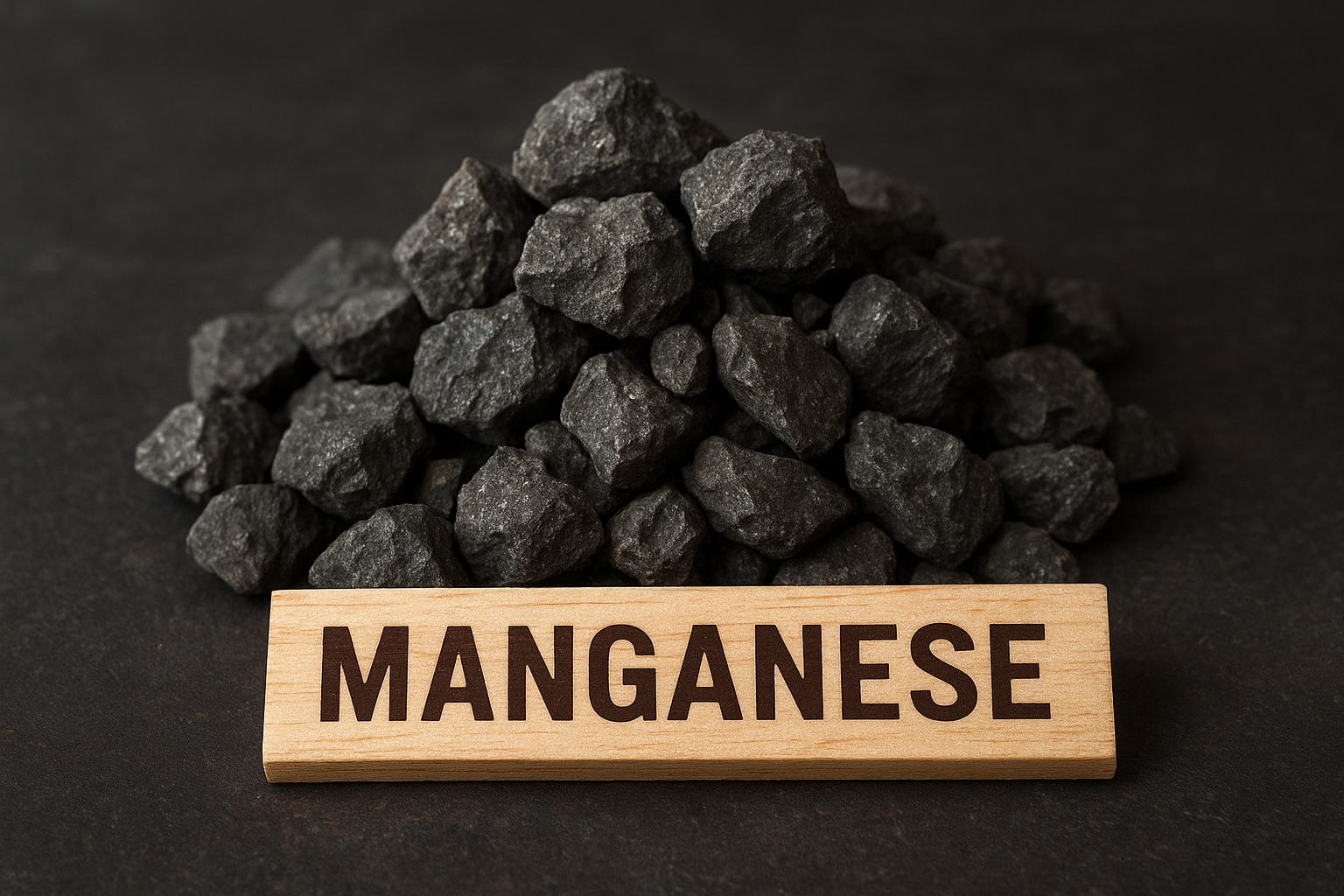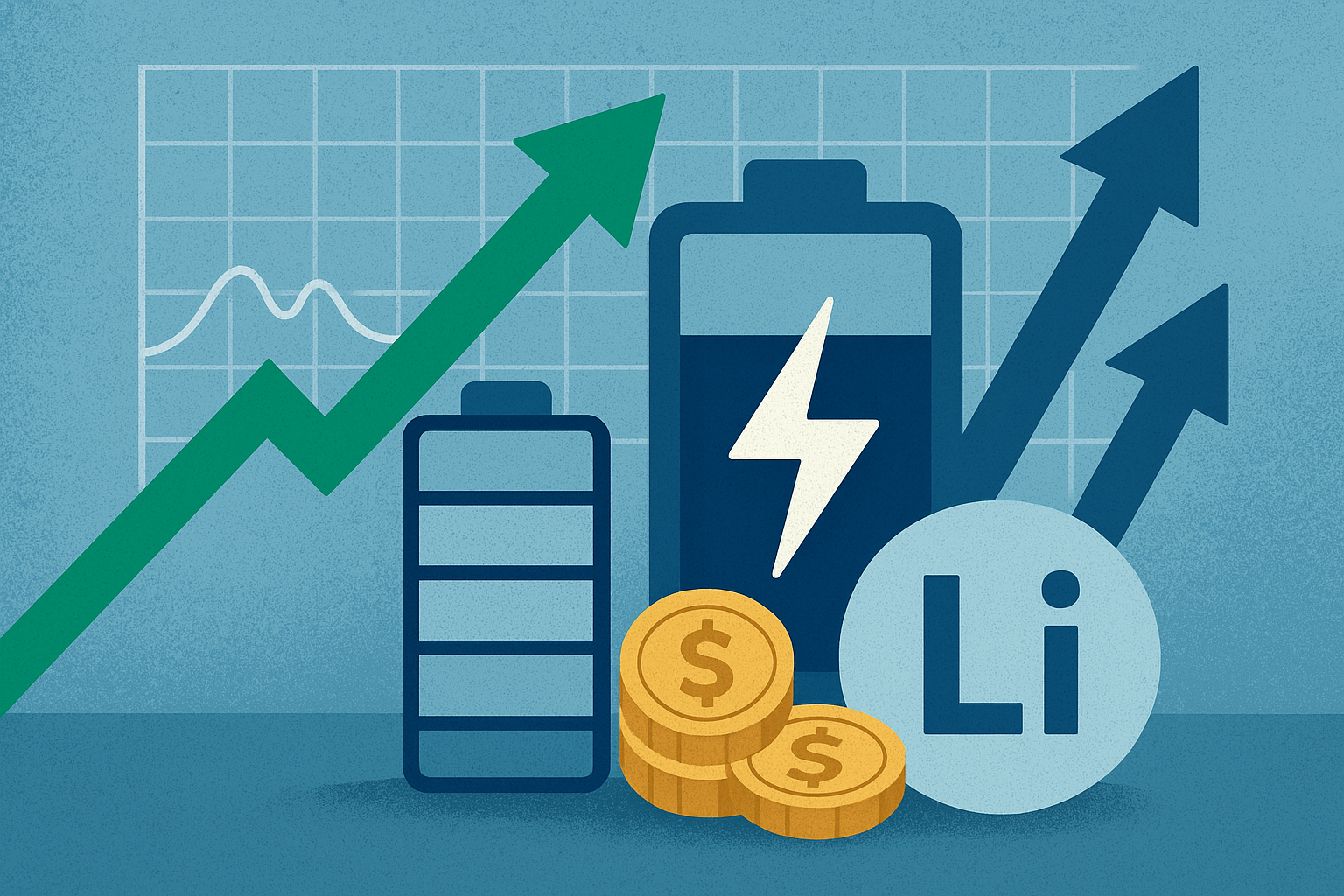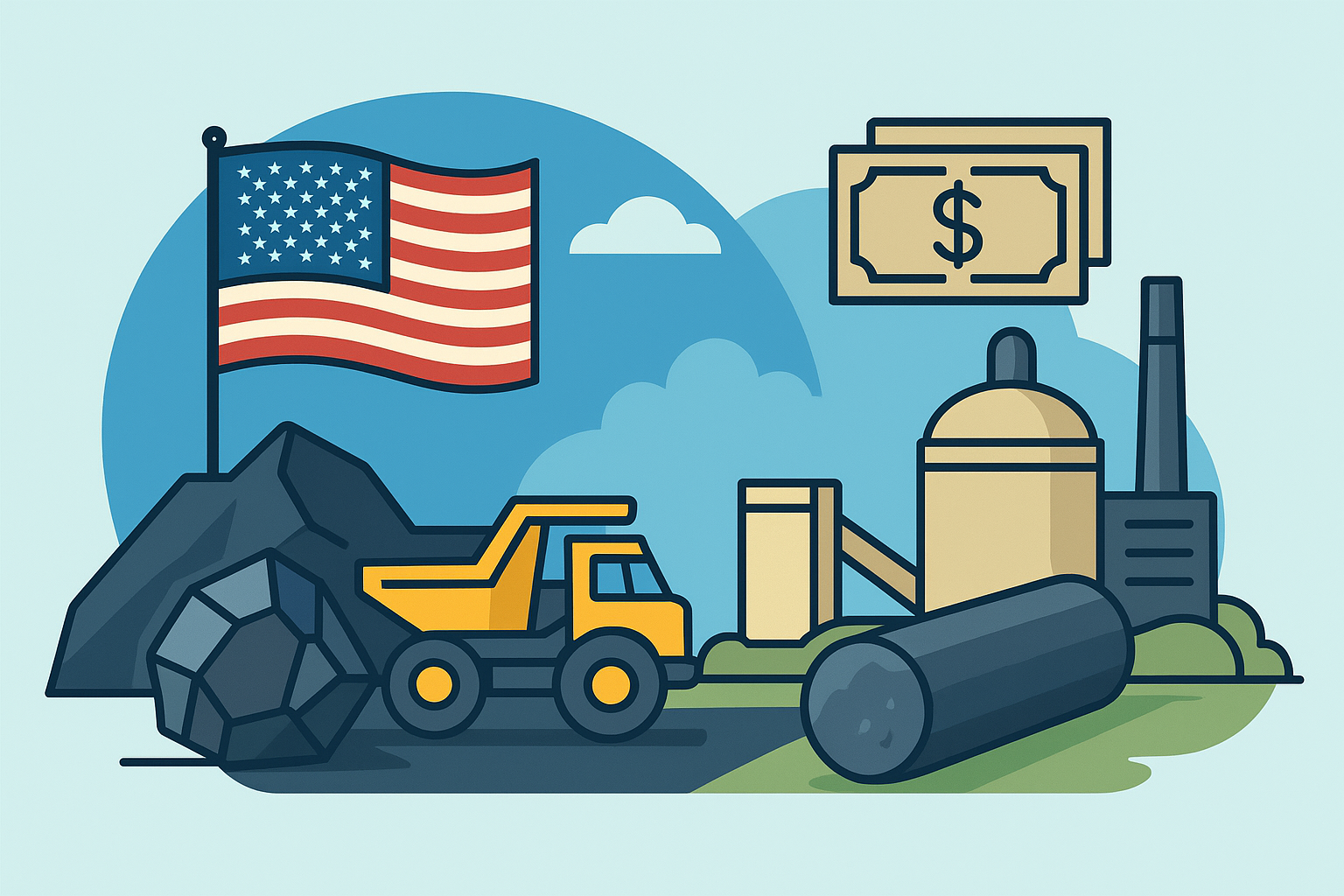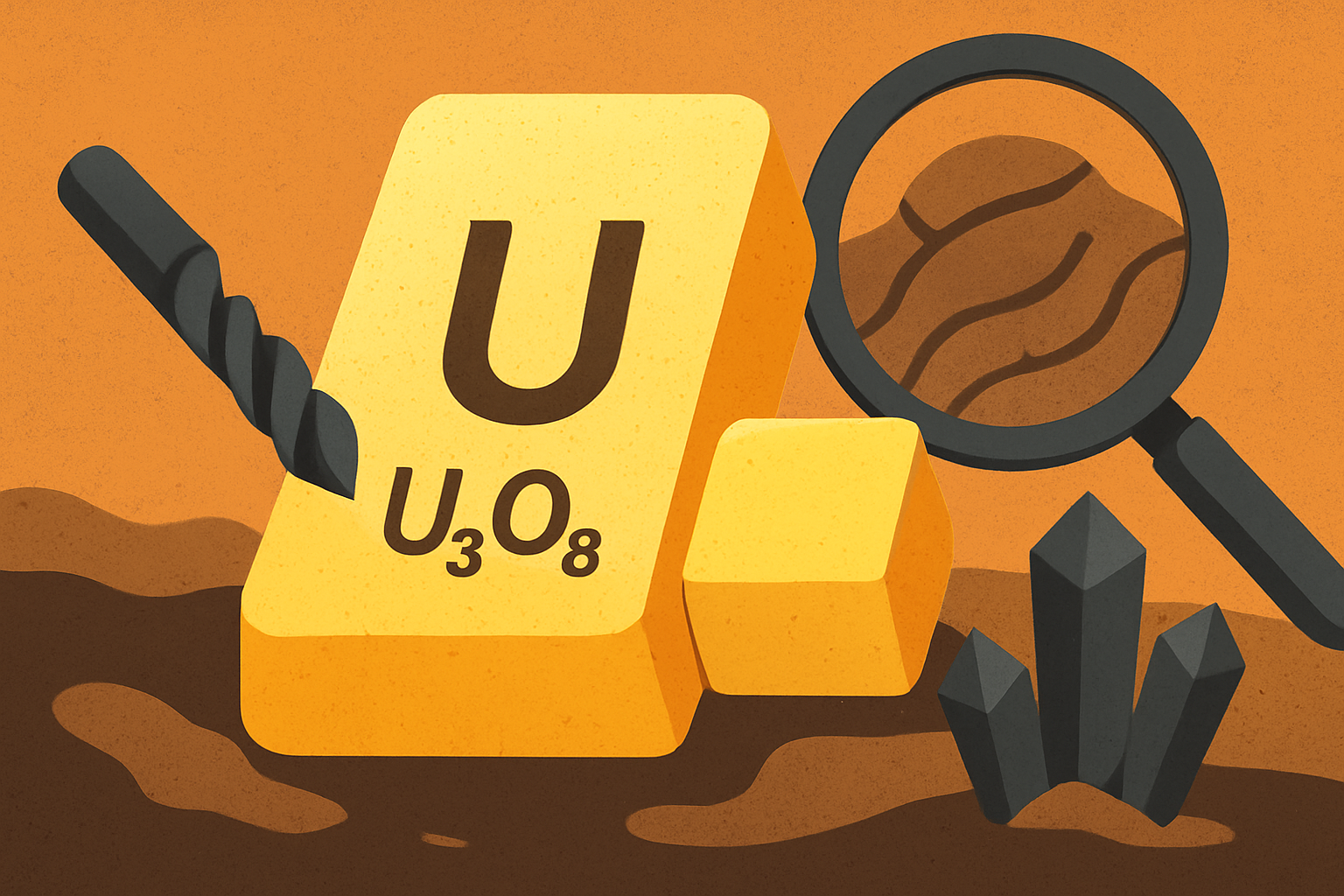In a decisive move to reshape the global battery supply chain, the United States and Australia have signed a US$8.5 billion critical-minerals partnership aimed at bolstering production and refining capacity for key energy-transition metals — with cobalt taking center stage.
The agreement, announced on October 21, 2025, signals a new era of strategic industrial policy, designed to curb Western dependence on China, which currently controls nearly 80% of refined cobalt output, according to Reuters.
This development has ignited discussions across financial and commodity markets as investors look to understand how government-backed capital and policy alignment could reshape the cobalt landscape over the next decade.
Governments Double Down on Supply Chain Independence
Cobalt’s role as a critical component in lithium-ion batteries — particularly for electric vehicles (EVs) and grid storage — makes it indispensable in the global push toward decarbonization. However, its supply chain has long been concentrated in the Democratic Republic of Congo (DRC) for mining and China for refining, leaving Western nations exposed to geopolitical risks and bottlenecks.
Under the new U.S.–Australia pact, funds will be directed toward developing new cobalt refining hubs, expanding existing mining projects, and supporting advanced recycling technologies. The deal is also expected to facilitate joint research, technology-sharing, and investment incentives for private firms willing to develop Western processing capacity.
“This partnership is not just about minerals — it’s about securing the future of the clean energy economy,” said Jennifer Granholm, U.S. Secretary of Energy, in a statement released alongside the accord. “Cobalt, nickel, lithium, and rare earths are the new oil.”
Why This Matters for Investors
The timing of this initiative couldn’t be more critical. As global EV demand surges, cobalt’s demand trajectory is accelerating, despite efforts by automakers to develop low-cobalt or cobalt-free batteries. According to Benchmark Mineral Intelligence, global cobalt demand is expected to rise 40% by 2030, while supply growth remains constrained by a lack of new refining capacity outside China.
For investors, this deal marks the beginning of a Western-backed supply chain realignment. The inclusion of financing guarantees and trade facilitation mechanisms could de-risk early-stage projects, particularly in Australia and North America.
At the same time, challenges persist. Western refining costs remain significantly higher, and scaling new infrastructure can take years. Still, the move reflects growing investor appetite for strategic commodity exposure and government-aligned projects in the energy transition space.
“Government-backed capital is a major catalyst,” noted Tom Price, Metals Analyst at Liberum Capital. “For cobalt producers and refiners in politically stable jurisdictions, this could spark a new investment cycle similar to what we’ve seen in lithium.”
Future Trends to Watch
Several key trends will shape how this story unfolds:
- Supply Chain Localization: The partnership could accelerate investment in Australian and U.S.-based refining projects, such as those by Glencore, IGO Ltd, and BHP Group, all of which have existing stakes in cobalt or nickel processing.
- EV and Battery Manufacturer Partnerships: Expect more collaborations between cobalt producers and automakers like General Motors ($GM), Ford ($F), and Tesla ($TSLA) as they seek stable supply lines.
- Technology Shifts: Continued R&D into cobalt recycling and alternative chemistries could change demand dynamics by the early 2030s.
- Market Volatility: As supply chains evolve, cobalt prices could experience short-term volatility, especially if China responds with export restrictions or strategic pricing.
Key Investment Insight
For investors, the U.S.–Australia pact represents a significant geopolitical hedge and a potential long-term growth opportunity.
- Upstream exposure: Junior and mid-tier miners exploring cobalt in Western Australia, Canada, and the U.S. could see renewed investor interest and access to capital.
- Refining and processing: Firms building non-China refining capacity stand to gain from incentives and subsidies.
- EV integration: Companies vertically integrating their supply chains may benefit from stable input costs and ESG-compliant sourcing credentials.
While execution risks remain—especially around infrastructure costs and regulatory delays—the partnership marks one of the most consequential policy moves in the energy metals sector since the Inflation Reduction Act (IRA).
Stay Ahead with ExplorationStocks.com
As the global energy transition accelerates, investors are watching for the next wave of government-backed initiatives reshaping commodity markets.
Follow explorationstocks.com for daily investor updates, sector-specific analysis, and credible insights across cobalt, lithium, uranium, gold, and more. Stay informed—and stay ahead of the curve.






